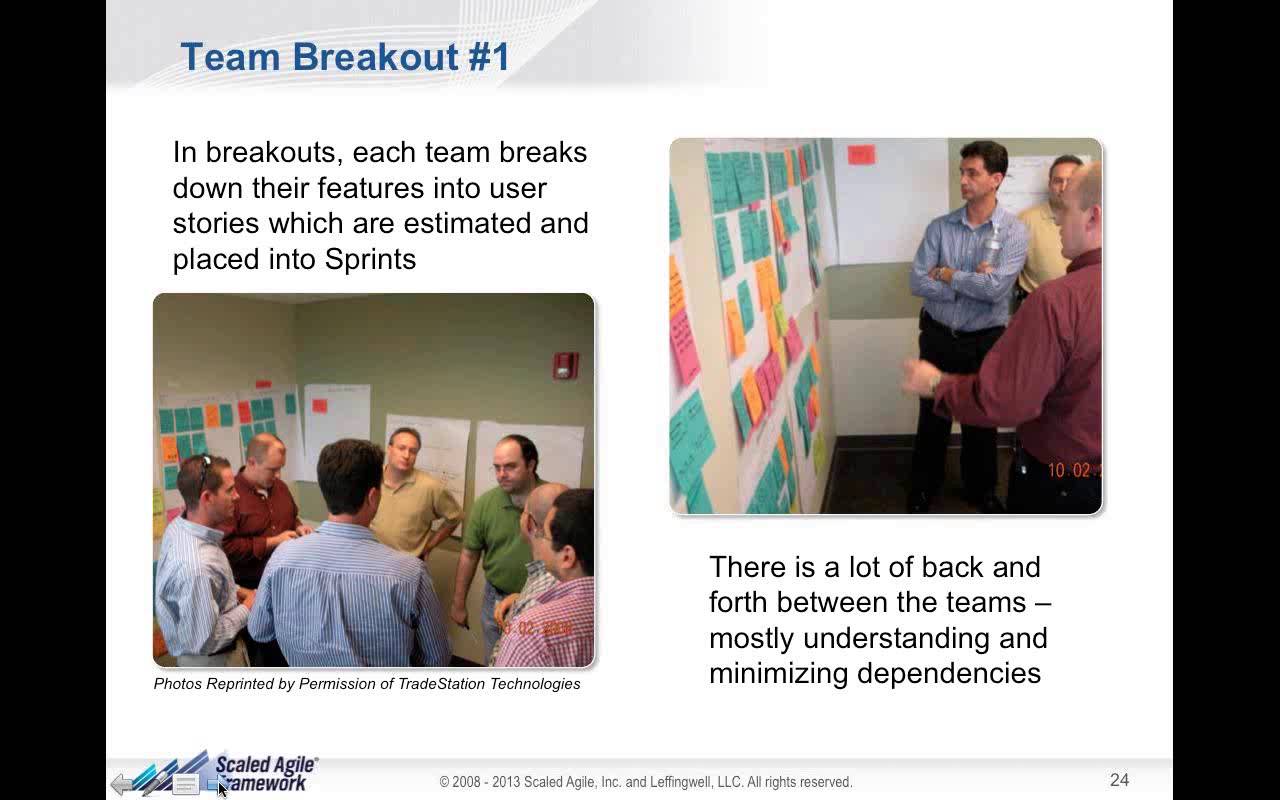Looking for Stability in Scrum
One of values of the Manifesto for Agile Software Development is that you should prefer “responding to change over following a plan”. This introduces a lot of uncertainty in Scrum projects. In his book “Executable Specifications with Scrum”, Mario Cardinal explains that to manage this uncertainty, you have to build your project on a stable platform.




